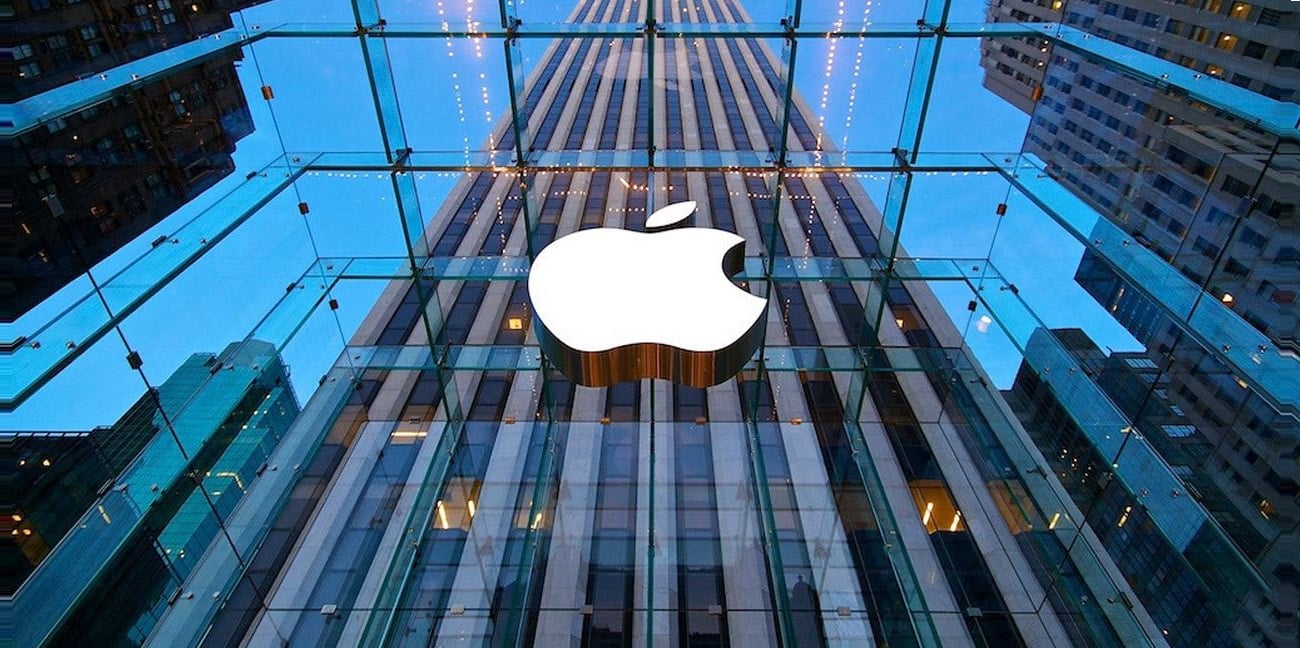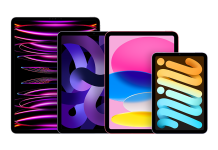According to the latest report from TF International analyst Ming-Chi Kuo, Apple will be launching six new products in 2020 and 2021 which will be using mini-LED displays, which includes iPads and Macs.
The company is reportedly set to launch the iPad Mini with mini-LED displays in the market later this year. The mini-LED technology shrinks the size of the individual LED backlights and thus, offers better contrast, better brightness, and better black levels.

Apple will be using the same technology for its 12.9-inch iPad Pro, a 10.2-inch iPad, and a 7.9-inch iPad Mini. While Kuo says that the iPad Mini will be launched sometime later this year, the specific launch timeline of other products is not yet revealed.
In his note, Ming-Chi Kuo says that “the product research and development for mini LED remain unaffected by the COVID-19. The visibility for commercialisation has even exceeded the expectations in our previous report.”
The same report also reveals for the first time that the company is planning to launch a 14.1-inch MacBook Pro. It says that the 14.1-inch MacBook Pro will be sold alongside a refreshed 16-inch MacBook Pro.
EDITOR’S PICK: Black Shark 3 Pro launched with a massive 7.1-inch AMOLED high-responsive display & 65W fast charging
Kuo also mentions a 27-inch iMac Pro in his note, which is interesting given that Apple has not refreshed its iMac Pro since it was launched in 2017. There’s a possibility that the mini-LED version of the 12.9-inch iPad Pro could launch in the fall of 2020.
Apple is also rumored to unveil two new iPad Pro models — one with 11-inch and another with 12.9-inch display — at the end of this month. However, these models won’t feature mini-LED displays but will have upgraded camera specifications.
Mini-LED seems like a transitional technology for the upcoming micro-LED on which the Cupertino-based giant has been working for a few years now. Apple reportedly started working on it back in 2018 at a manufacturing facility in California. However, it is said that we won’t see micro-LED displays on a smartphone until 2023 at the earliest. Before micro-LED, mini-LED displays will be used on some of Apple’s devices.
UP NEXT: Google Pixel 4a real-life image leak showcases the smartphone’s design
(Via)







